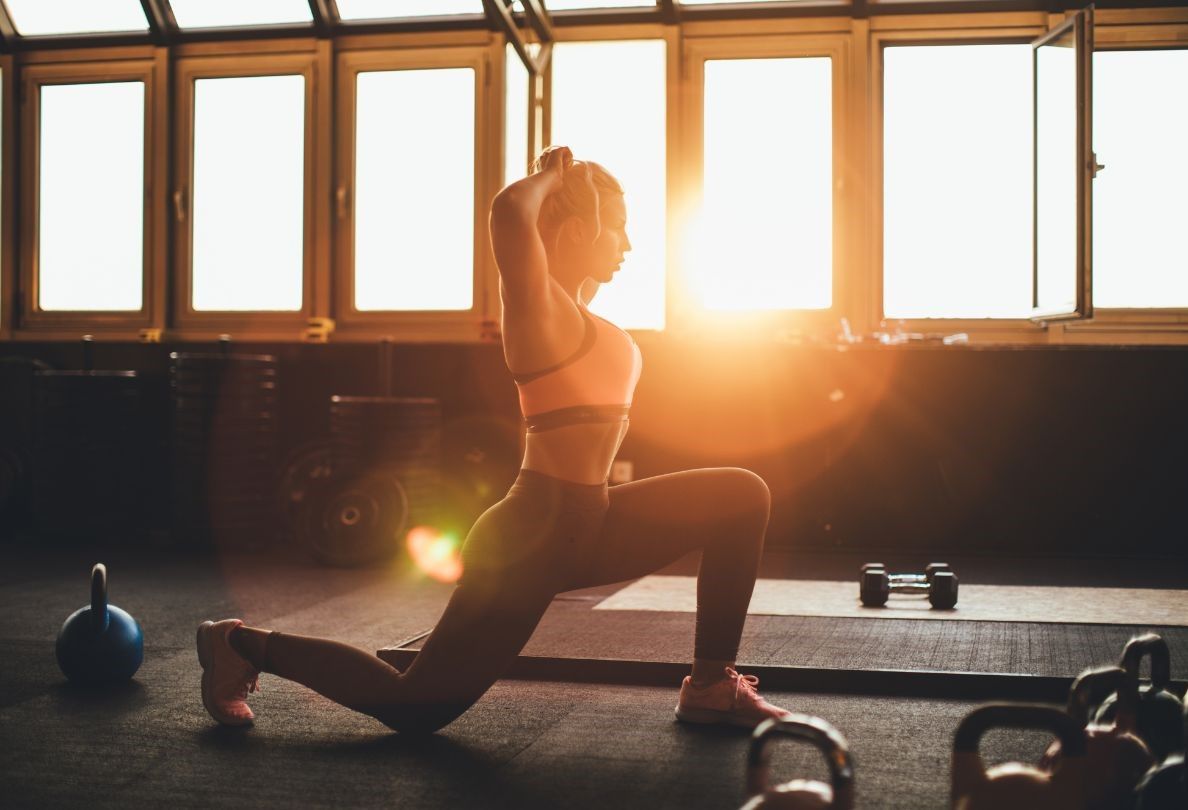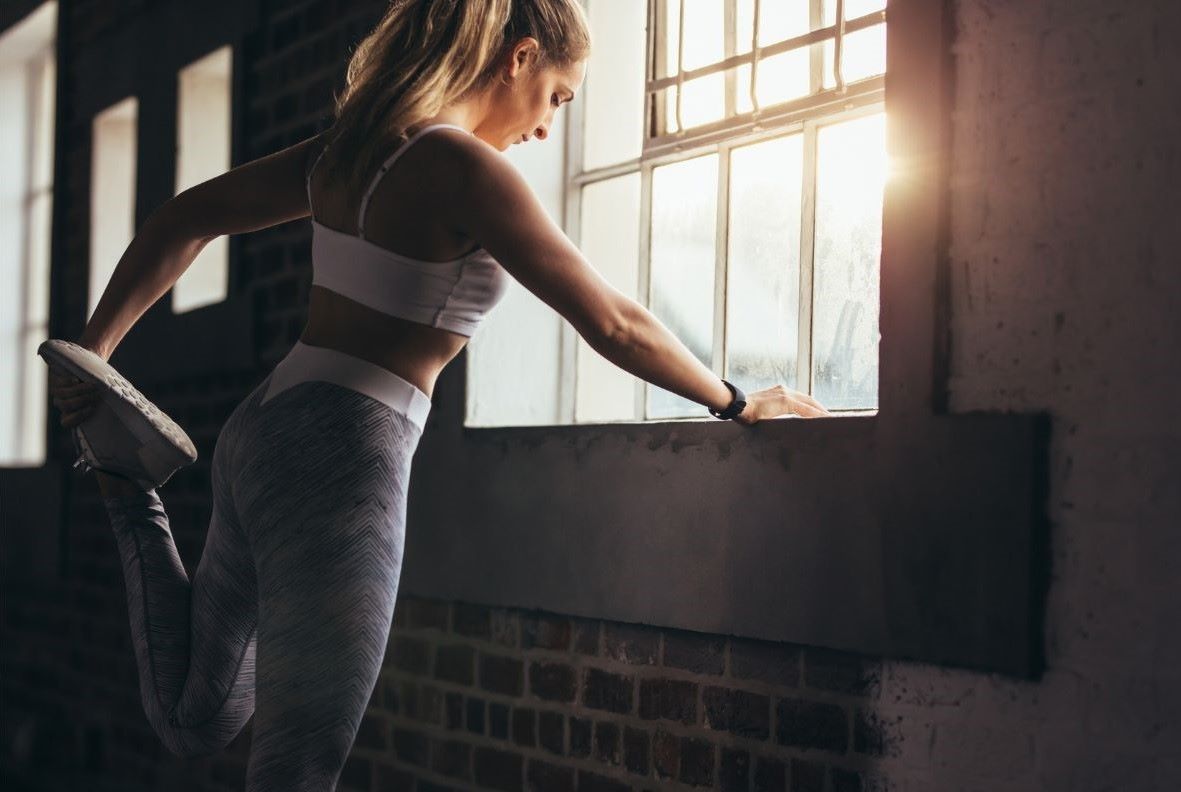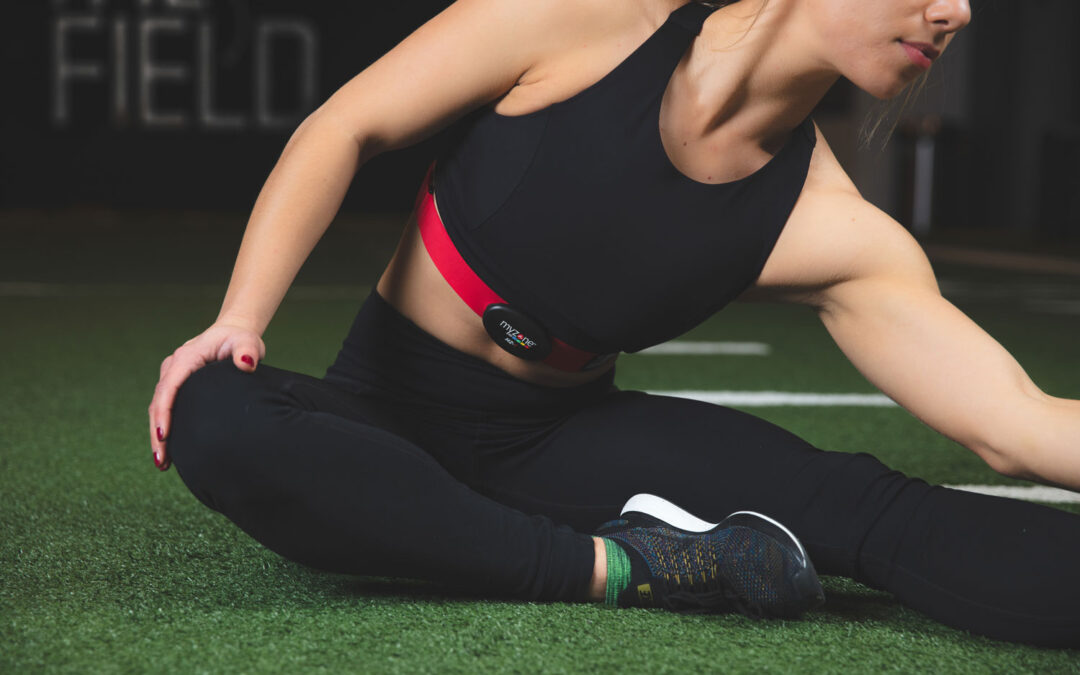The Hidden Dangers of Not Stretching: Why is Stretching Important?
When you’re excited to get to the gym or too tired after giving it your all, it’s tempting to skip stretching. However, skipping this essential part of your workout routine comes with risks. So, why is stretching important? Getting warmed up and loose plays an important role in protecting your muscles, improving your range of motion, and even promoting mental clarity. The benefits far outweigh the few minutes it takes, and without it, you put yourself at risk of injury and other health issues.
In this article, we’ll explore the risks associated with not stretching, which muscle groups to focus on, and effective techniques to prepare your body for exercise.
The 5 Main Risks of Neglecting Stretching
Not stretching before or after working out can cause a whole host of problems, such as increasing your risk of injury and reducing your range of motion. If you regularly skip stretching and go straight to exercise, review the principal risks of not stretching below:
1. Increased Risk of Injury
If your muscles are tight and not stretched out, you’re at a greater risk of getting injured during a workout. Muscle strains and tears can happen to anybody at a moment’s notice. You may be feeling great and want to go for one more rep, and in the next second, you’re sidelined with an injury that can take months to heal.
2. Poor Posture and Alignment
Without regular stretching, you can create muscle imbalances that could lead to poor posture and misalignment. Both of these issues can lead to muscles overcompensating for different groups nearby, which itself can lead to chronic pain. Taking the time to get loose will help everything move freely as it should and keep you from wondering why your back and neck are always sore.
3. Decreased Range of Motion
If your muscles are too tight, your range of motion will be affected. A reduced range of motion due to muscle tightness can harm your workouts and affect your daily life. For example, a reduced range of motion can make even reaching up to the top shelves of your cabinet a pain. Fortunately, regular stretching can help you increase your range of motion and improve flexibility.
4. Muscle Soreness and Tension
Stretching helps reduce muscle soreness after a workout by improving circulation and reducing lactic acid buildup. Without it, your muscles are likely to stay tense and sore for longer, hindering your recovery time and ability to get back to exercising.
5. Stress and Mental Tension
Believe it or not, tight muscles can contribute to mental stress. Tension can lead to clenching, which can cause chronic pain and affect your mindset throughout the day. It’s hard to focus on the task at hand if you’re gritting your teeth because of pain. Stretching is also a great way to bring stress levels down! It gives you time to think while being active and taking care of your body.
How Does Not Stretching Affect Your Body?
When you neglect stretching, your body gradually becomes more rigid, and over time, this can affect your posture, flexibility, and even your athletic performance. Lack of flexibility can lead to increased muscle soreness, stiffness, and a higher risk of injury, all of which can hinder your progress in the gym.
6 Key Muscles to Stretch
While you’ll want to look up specific stretches related to the workout you’re about to perform or just finished; the following muscle groups are ones you should be doing maintenance stretches on to ensure that your body is happy and healthy:
1. Hamstrings
Your hamstrings, the large muscle group on the back of your thighs, can become tight from sitting for extended periods or participating in activities like running and cycling. Tight hamstrings are prone to getting injured during activities involving heavy use of your legs, so you want to make sure they’re nice and loose before you start your activity!
2. Quadriceps
Your quads are the muscles on the front of your thighs opposite your hamstrings. Like hamstrings, quads are prone to injury if they aren’t loosened up. Exercises like squatting place a large amount of strain on your quads, and they can be a nightmare to heal if they’re injured since people use them so much in their day-to-day lives. Adding quad stretches to your daily routine can help reduce the risk of quad injuries and help you feel more comfortable.
3. Hip Flexors
Prolonged sitting and not stretching can lead to tight hip flexors, which affect many body parts and muscle groups below your torso. Tight hip flexors can cause lower back pain, pelvic problems, and leg issues. Be sure to spend a little extra time on your hips so you don’t develop any chronic pain, as they can be annoying to loosen up once they’re tight.
4. Calves
Walking, running, or wearing any kind of non-ergonomic shoe can lead to tight calves, which are located on the back of your legs opposite to your shins. Tight calves can lead to ankle and leg pain and make walking uncomfortable. Stretches that target them can help keep them loose and working correctly.
5. Shoulders and Chest
Poor posture and sitting at a desk all day can cause shoulder and chest tightness. Upper body tightness will affect your neck and potentially limit your range of motion. Since these are two muscle groups that people often focus on, they tend to get injured more often than other parts of the body. Taking time to focus on your upper body before and after a workout will significantly reduce your risk of injury and help you recover faster.
6. IT Band
While IT bands aren’t muscles and can’t actually be stretched, they can be inflamed by exercise, leading some to recommend IT band stretches. Instead of trying to stretch your IT band, it’s best to stretch the muscles around the IT band to improve its range of motion and flexibility. The primary muscles you’ll want to stretch before or after a workout to receive these benefits include the tensor fascia latae and glutes.
4 Types of Effective Stretches Before and After Workouts
When it comes to stretching, good form is more important than how long you stretch. While you want to ensure that you’re hitting each stretch for a minimum of 30 seconds, the stretches you do are a significant factor in how well the mechanics of your body function after a workout. If you’re looking for the right stretches before workouts or after them, check out these stretching techniques perfect for beginners and advanced folks:
- Dynamic Stretching: Before engaging in physical activity, start with dynamic stretches that involve moving your muscles through their full range of motion. This dynamic stretching will help your muscles get used to rapid movements so you can go as hard as possible during your workout. Some dynamic stretches you can benefit from include leg swings, arm circles, and torso twists.
- Static Stretching: Static stretching is great after your workout. Perform static stretches to lengthen and relax your muscles so they don’t get tight. Hold each stretch for 15-30 seconds without moving too much while focusing on taking relaxing deep breaths.
- Foam Rolling: Foam rollers are a great way to relax your muscles after a hard workout or if you’ve been inactive for an extended period of time. They’re also suitable for recovery if you’ve recently been injured and are ready for rehab. Roll slowly over targeted areas and pause on tender spots for added release.
- Yoga and Pilates: Pilates and yoga are great things to add to your routine if you want to improve your balance, become more aware of your body, and relax your body and mind. These practices often include a variety of stretching poses and movements that benefit all parts of your body. When you don’t know where to start with yoga or Pilates, you can always take a group class to learn from a trained instructor.
Loosen Up With Physiq Fitness
If you are interested in starting your fitness journey or are looking for a great place to work out, head over to Physiq Fitness, which has locations in Oregon and Arizona. Our gyms are filled with everything you need to get in shape and get in some much-needed recovery! When you’re interested in learning good stretching techniques, our yoga and yoga-inspired classes are a great place to get started and meet like-minded people! Each location has a variety of group fitness classes to ensure all of our members’ fitness needs are met.
Learn more about our membership options today. We’d love to help you achieve a happier, healthier lifestyle. If you have any questions, please feel free to reach out!



Brandon Bennett, VP of Fitness Operations at Physiq Fitness, is a passionate and results-driven professional with over 20 years of experience in the fitness industry, holding 17 certifications from NASM, Precision Nutrition, Certified Functional Strength Coach, and others. Skilled in team training environments, he excels in crafting tailored programs for optimal performance and injury prevention. He has mentored over 100 trainers throughout his career and has worked at Physiq Fitness for over 10 years.

